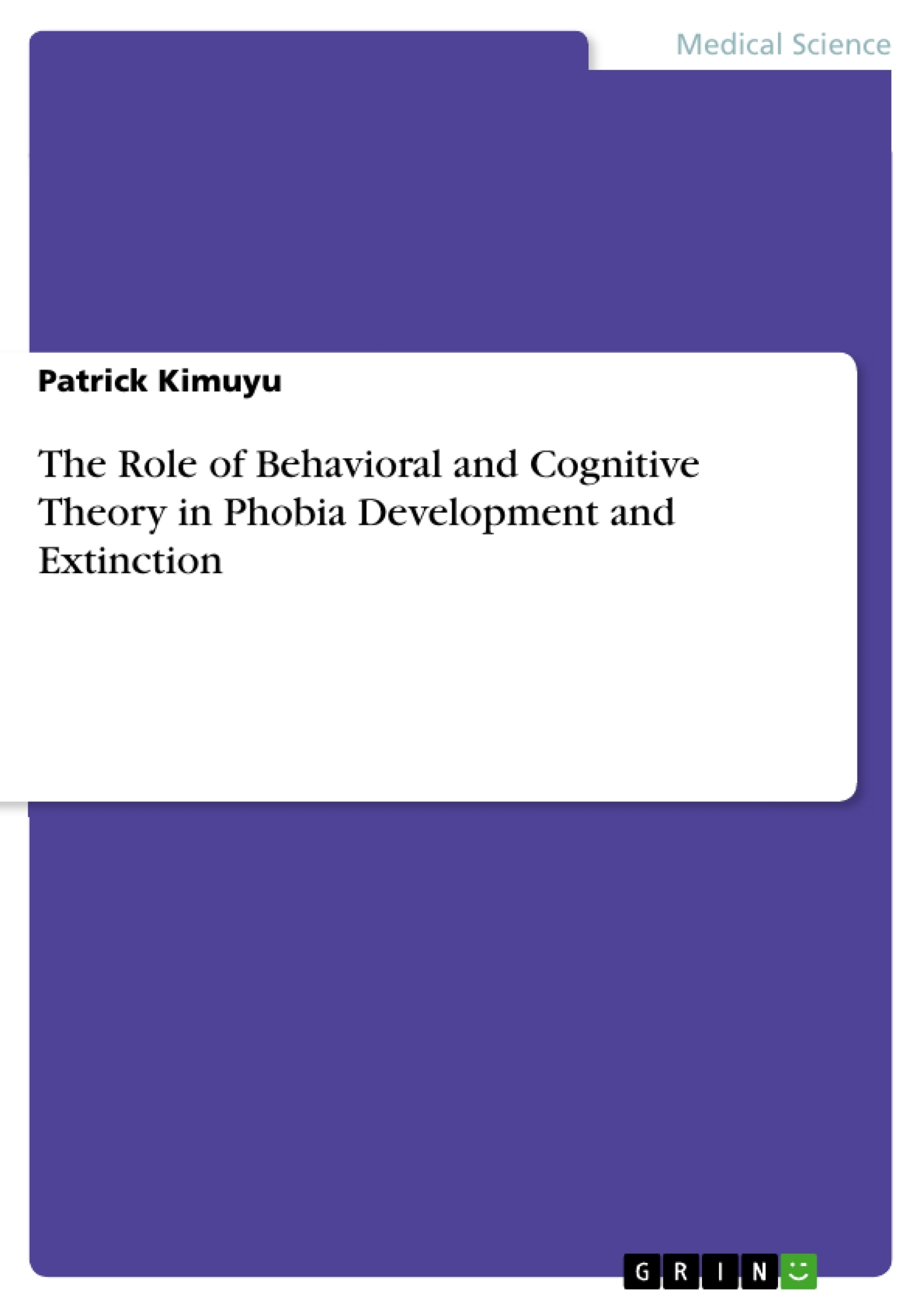This case study report provides a comprehensive discussion based on the psychological construction of emotions through the application of behavioral and cognitive theory in analyzing the given case study.
Phobia is increasingly becoming a central point of attraction in the field of emotion research. Research psychologists are interested in generating more evidence to reconcile the wide differences that exist from the current findings. From a critical perspective, consensus on the basis of fear or phobia appears to be unlikely in the foreseeable future. This is attributable to the fact that psychologists perceive phobia as a psychological construct, whereas biologists argue fear to be an aspect that is discoverable through scientific inquiry. Another aspect that has contributed to the controversy surrounding research on phobia is the lack of consensus on how to investigate this emotion. Despite these controversies, clinical scientists are still engaged in intensive research on fear as an underlying aspect in mood and anxiety disorders. From a real-life perspective, phobias are not new in animals, including humans. As such, Adolphs perceives fear to be a central state of organisms.
Table of Contents
Introduction
Case Study Overview
Describing Sally’s Phobia Using Inference and Research of the Development of Simple Phobias
Explaining Phobia through Behavioral and Cognitive Theory
Classical conditioning
Operant conditioning
Observational learning
The Process of Extinction in Overcoming Phobia
Tenets of Cognitive Theory in Overcoming Phobia
Conclusion
References
- Quote paper
- Patrick Kimuyu (Author), 2018, The Role of Behavioral and Cognitive Theory in Phobia Development and Extinction, Munich, GRIN Verlag, https://www.grin.com/document/419464
-

-

-

-
Upload your own papers! Earn money and win an iPhone X. -

-
Upload your own papers! Earn money and win an iPhone X. -

-
Upload your own papers! Earn money and win an iPhone X. -

-
Upload your own papers! Earn money and win an iPhone X. -

-
Upload your own papers! Earn money and win an iPhone X.

